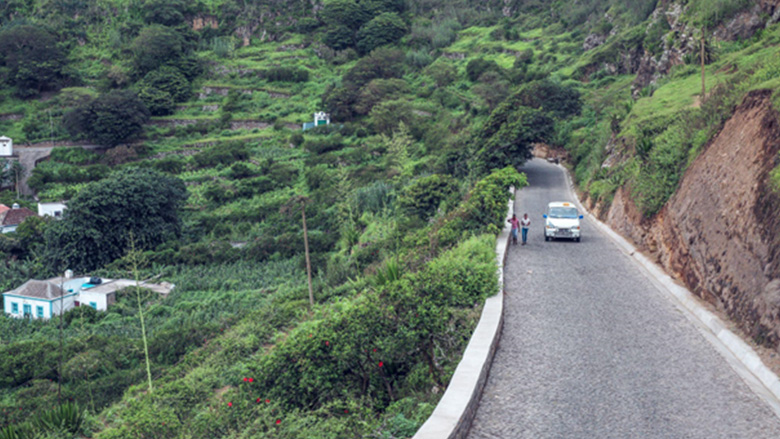Online Media Briefing Center (OMBC) news for accredited journalists
Highlights

“With the expanded membership, we are mainstreaming this work across our operations and tying it directly to the jobs agenda that is driving our strategy,” said World Bank Group President Ajay Banga.

Here are the latest bi-annual regional economic updates to explore the macro development trends in Africa, East Asia and the Pacific (coming soon), Europe and Central Asia, Latin America and the Caribbean, the Middle East and North Africa, and South Asia.

Around the world, the digital divide remains a pressing challenge, with 2.6 billion people still offline and many more lacking reliable, affordable connectivity and the skills needed to participate in an increasingly digital world.

omestic food price inflation remains high in many low-income countries. Information from the latest month between November 2024 and February 2025 for which food price inflation data are available shows that inflation higher than 5% is experienced in 78.9% of low-income countries (5.2 percentage points higher since the last update on February 14, 2025), 50% of lower-middle-income countries (2.2 percentage points lower), 34% of upper-middle-income countries (2.0 percentage points lower), and 10.9% of high-income countries (4.8 percentage points lower).

The Global Sovereign Debt Roundtable (GSDR) met today and reviewed progress on the work to improve debt restructuring processes and timelines, and to help address debt vulnerabilities.

World Bank Group President Ajay Banga addressed the press and took questions from journalists ahead of the 2025 Spring Meetings.

Road safety financing faces a critical shortfall, hindering progress toward halving global road traffic fatalities and injuries by 2030. Each year, road crashes claim an estimated 1.19 million lives, leave countless others with permanent disabilities, and impose significant economic costs.

The Dar es Salaam Energy Declaration, endorsed at the Mission 300 Africa Energy Summit, represents a key milestone in addressing the energy gap in Africa, where more than 600 million people currently live without electricity.




